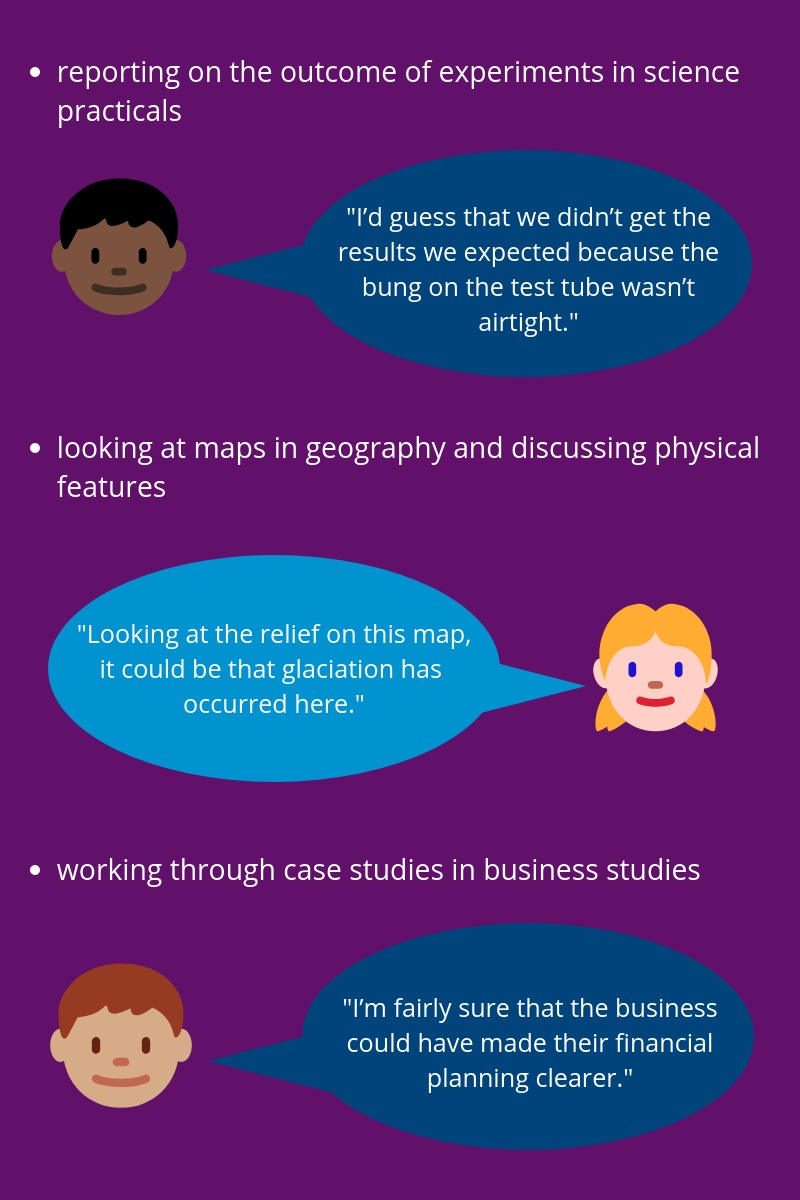02 NOVEMBER 2018
CLIL in action across the curriculum

Taken from Approaches to learning and teaching English as a Second Language, Margaret Cooze, Chapter 9. See the full lesson plan (scroll down to the 'supporting materials' section).
Lesson Idea Online 9.2 ‘What is it?’ gives an example of how CLIL can work in practice. This lesson uses an active learning approach to practise the language of probability. In the material for this lesson idea, photographs of common items found around the home are used, but you could substitute your own photographs to make this more personal, for example, photographs of different places around the city or country you live in, or even worldwide. For the task to work well, some pictures need to be fairly obvious, others very hard to identify and others at different points in the middle.
The language used includes modal verbs which show how probable something is (‘It must be…’ ‘It might be…’) as well as phrases such as ‘I’m fairly sure its…’, ‘I’d guess it’s…’ etc. Most subject teachers will be able to imagine how learners need to use this language for learning in their classes.
See below for examples:

Following the principles of CLIL and the whole school approach, this lesson idea could be used to review and revise the target language in the English lesson to make sure learners are able to use the language freely in the subject class and can focus on the subject they are studying. Of course, this needs collaborative planning and teachers need an awareness of what is being taught and at what point in the school curriculum. Subject teachers need to think about the cognitive skills needed for their lesson, and to consider what language they expect learners to use for the content – whether this is receptive or productive. Some of this will be subject specific language of learning which the subject teacher may plan to teach in their lesson. In this situation the different subjects provide an opportunity to reinforce the language and for the subject classroom to become a medium for language through learning.
With all teachers working together with a supportive language policy which allows time and resources for collaboration, CLIL will allow your learners to take full advantage of their language and subject lessons in an active and effective way to encourage a whole school approach to language learning and use.
Further reading:
Cooze, M: Approaches to learning and teaching: English as a Second Language – Chapter 9.
Coyle, Hood and Marsh: Content and Language Integrated Learning
https://www.teachingenglish.org.uk/article/content-language-integrated-learning
 |
About the author |
Thank you for your feedback which will help us improve our service.
If you requested a response, we will make sure to get back to you shortly.
×